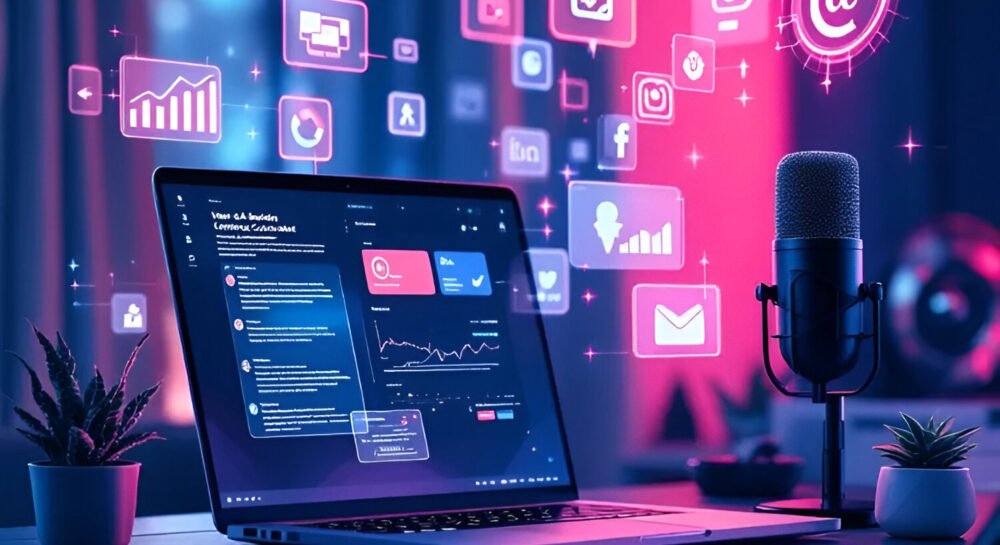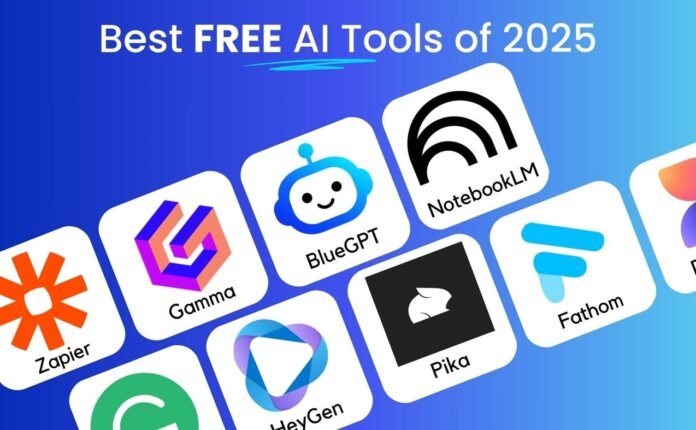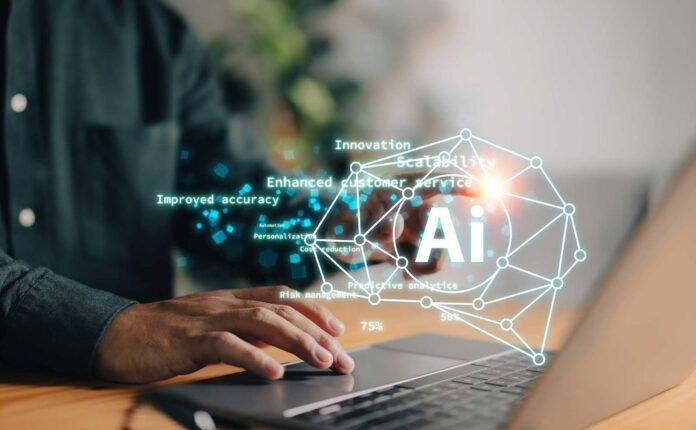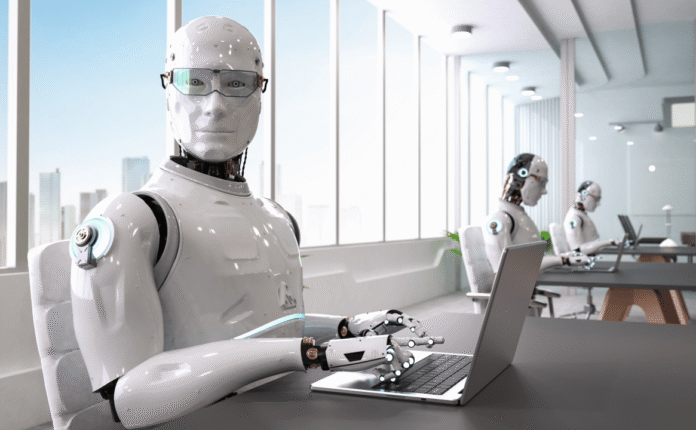Over the past few years, artificial intelligence (AI) has gone from a tech curiosity to what is probably becoming a literal disruptive innovation that is reshaping many sectors – including content creation. From automated journalism to music and art, machines are increasingly capable of writing, designing, and creating content that once seemed like territory purely for human creativity. As this trend grows and accelerates, it’s important for everyone — individuals, creators, businesses, and consumers — to understand what all this means. Here’s what you should know about the emergence of AI content creators.
What Are AI Content Creators?
AI content creators are systems or tools that use machine learning algorithms, which can generate different types and formats of content. On a high level, content types can include
- Text (articles, blog posts, narratives, product descriptions)
- Visual Art (digital art, visual designs, enhanced images)
- Audio (voiceovers, music)
- Video (deepfake videos, animation, short films)
- Interactive Content (games, simulation, customized marketing experiences)
AI content creators fundamentally differ from typical software based on rules, as AI content creators learn from data and improve over time. This allows them to create content indistinguishable from or that meets or exceeds contemporary human content.
Main Drivers of Increased Use
1. Advancements in Technology
Technological advances in deep learning, natural language processing (NLP), and computer vision have allowed generative AI to truly appreciate context, tone, and nuance in content.
New tools such as GPT-4 (which powers ChatGPT), DALL·E, Midjourney, and Sora create content based on inputs and provide output that is often coherent and creative.
2. Cost and Efficiency
The cost savings for businesses using AI are expansive. It can create articles, designs, or videos in seconds. Obviously this eliminates the upfront work from humans that takes hours or days. This is particularly advantageous to high-volume content creators like marketers, e-commerce brands, and social media managers.
3. Democratization of Creativity
Unlike previous tools, AI tools are easy and open, allowing a wider range of people to create content with few or no skills. The average person without any formal design or writing skills can now make publish-ready content with the slightest effort. The creator economy is becoming more democratic.
Popular AI Tools and Platforms
Here are some of the most popular platforms for AI-generated content:
- For Text: ChatGPT, Jasper, Writesonic, Copy.ai
- For Images/Art: DALL·E, Midjourney, Canva Magic Studio
- For Video/Animation: Pika, Runway ML, Synthesia
- For Audio/Music: AIVA, Amper Music, ElevenLabs
- For Code: GitHub Copilot, Replit Ghostwriter
Each of them helps with a different creative work while learning from user interactions and improving with new training data.
Advantages of AI Content Creation
- Scale: Produce massive amounts of content extremely fast.
- Consistent: All of the outputs have a consistent tone and style.
- Personalized: Create unique content per person or user data and behavior.
- Novelty: Breathe life into new ideas and combinations that humans would not think of.
Instead, I find AI to be the most beneficial in the area of repetitive work, such as SEO content, automated reporting, and data analysis tasks, while human creators can invest their time in original storytelling and strategic analysis.
Ethical and legal issues
With opportunity comes responsibility. As AI content creators become more mainstream and widespread, the ethical and legal issues become complicated:
1. Authorship and ownership
Who owns AI-generated content? The developer? The user? The AI itself? Lawmakers are having a tough time keeping up with intellectual property (IP) laws regarding AI and technology.
2. Plagiarism and originality
AI is largely trained using and tested against detected content, which inherently creates the possibility for plagiarism. Watermarking, transparency tags, and other means may be created, but there are currently no widely recognized standards for plagiarism with AI.
3. Misinformation and deepfakes
AI can create believable fake news articles, misleading video clips, or even faked synthetic voices. This carries deeper implications as it combines technology and the ethics of politics and media and may destabilize public trust.
4. Job Displacement
As AI continues to improve, there is concern that AI will replace jobs in writing, graphic design, marketing, and media. While it seems unlikely AI will replace human creators, it very likely will change job descriptions and skills needed.
Human-AI Collaboration: The Future of Creativity
Rather than seeing AI as a competitor, many creators are using a hybrid human-AI collaborative approach in which AI is used to enhance human creativity. For example, writers use AI for brainstorming content, designers use it to generate ideas, and marketers use AI to A/B test content on a larger scale. In essence, humans and AI could work together to achieve a better outcome than working separately.
Examples of Human-AI Collaboration:
- Journalism: AI develops the facts of a financial report, while human journalists create both analysis and longer narratives.
- Music: AI writes a melody for musicians to build upon.
- Film: AI creates storyboards or visual effects based on a direction from the director.
Skills for the AI-enhanced Creator
As AI changes the way that we create, the most valuable skill sets also change. Here are just a few skills:
- Prompt Engineering: Ability to communicate effectively with the AI system.
- Curation and editing: assessing, improving, and contextualizing the AI output.
- Ethical awareness: Understanding how to use AI responsibly.
- Technical Literacy: Basic understanding of how an AI works, its shortcomings, and its biases.
In Summation
AI content creators are not a vision of the future. They are now, and they are changing the way we think about content. As with all new technologies, the change brings both challenges and exciting new opportunities in creative potential. You could work as a solo artist, as part of a marketing team, or as part of a global enterprise, but careful adoption of AI technology will, in theory, keep you at the forefront of a rapidly changing creative content landscape.
We don’t need to fear the emergence of AIs, but rather, we should understand them, using them to enhance our own strengths while still adding the human dimension that makes creativity ultimately worthwhile.



